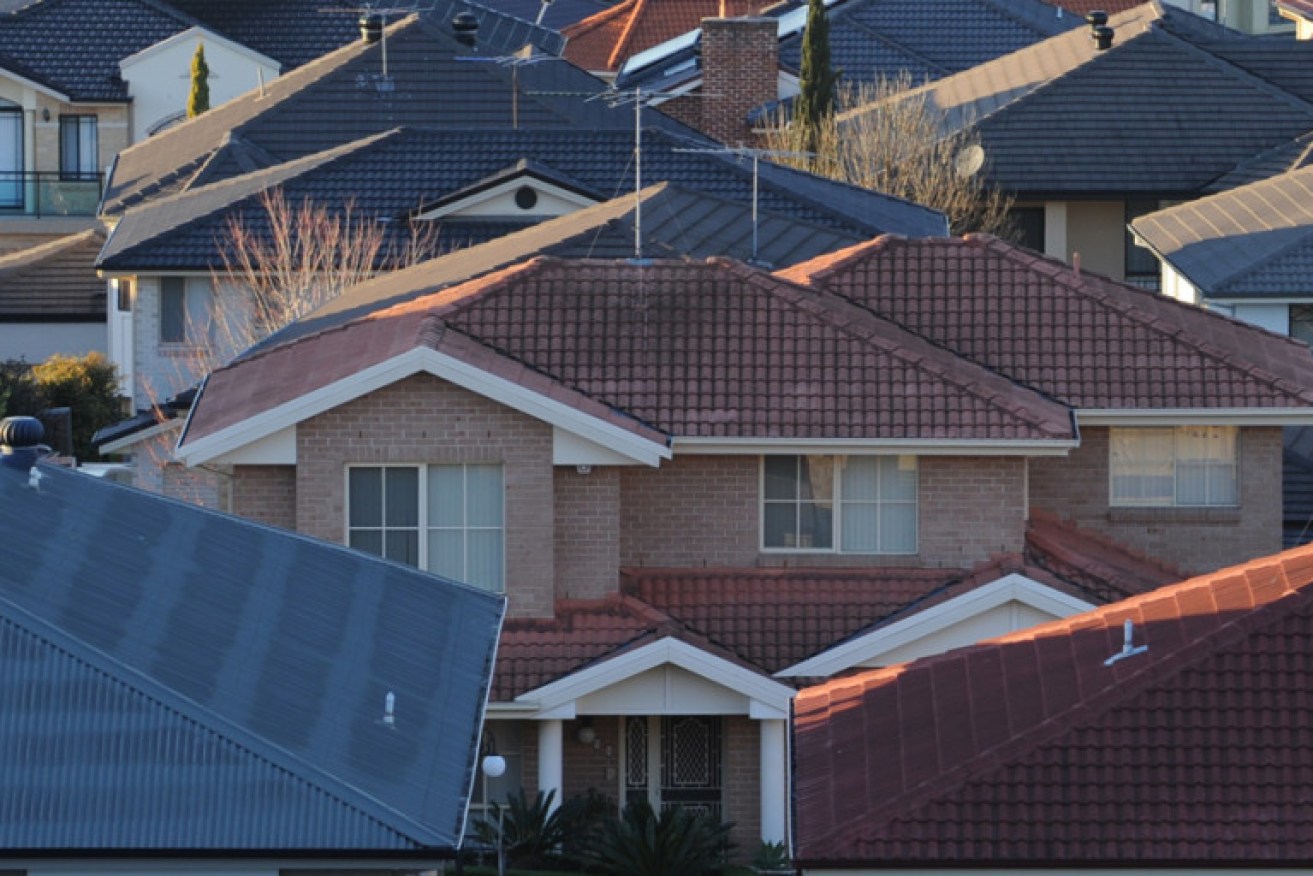Low-income rental market lockout despite Centrelink boost
Australia’s housing system is a “ticking time bomb” with only one percent of single welfare recipients able to afford a rental property before payment cuts, according to a charity’s report.


Photo: supplied
The updated Rental Affordability Snapshot, by Anglicare Australia, found 460 properties or 15 per cent of South Australian households with two parents on JobSeeker payments and two children were affordable and appropriate.
This compared with 121 properties, or one per cent, in March when when the low-income payment was at a reduced rate.
For a single on the increased JobSeeker payment only one per cent, or 31 SA properties, were affordable.
Anglicare defined an “affordable property” as one where rent did not exceed 30 per cent of a household budget. Suitable properties were defined as appropriate for the number of people at the dwelling.
Anglicare forecast as of September 25 – when JobSeeker payments were cut – only three properties would be affordable for singles and 220 for two-parent, two-children households in South Australia.
Nationally, the report examined 76,962 rental listings and found 808 properties, or one per cent, were affordable for a JobSeeker recipient.
Of the properties surveyed, 625 were affordable for someone on the Age Pension, while just 192 were affordable for a person on the Disability Support Pension.
The report indicated the number of suitable properties for people on the Disability Support Pension were, most likely, an over estimate as many people with a disability needed modified housing, which was an additional barrier in finding a property.
It was the first time the organisation had released a special report and followed its annual survey in April.
The latest snapshot was in response to the coronavirus pandemic and “a major disconnect between commentary on the rental market and how it’s actually working for those who are hardest hit”.
It said there appeared to be an assumption housing affordability had improved for people on low incomes.
“Instead, it has crashed. We have also found that government actions have not matched the scale of the downturn,” it said.
“Early on, the Federal Government was forced to plug some of the gaping holes in Australia’s safety net in order to avoid a major collapse. But these actions were not permanent, and they were not structural.
“Rent deferrals and eviction moratoriums are ending soon, and some people are in arrears for thousands of dollars.
“Many are facing cuts to JobSeeker at the same time.
This is a ticking time bomb that threatens to push many renters to the brink, with effects that will echo throughout the economy.
As a result of the economic impacts of COVID-19, the Federal Government temporarily doubled the rate of JobSeeker payments to $1200 a fortnight through a coronavirus supplement.
The government has since announced plans to cut the supplement by $300 each fortnight from September 25, with a plan to axe the supplement but increase the low-income rate permanently as of December 31.
It’s yet to say how much the permanent rate will be from 2021.
It comes as welfare groups across the country call on the Federal Government to raise the rate for good.
Anglicare SA CEO Peter Sandeman said he wanted the rate to be increased in line with the Age Pension payment, which was a maximum of $944 for singles as of July.
“I think raising the rate to the same as the Age Pension is sustainable for the government and also affording a minimal decent level for families and individuals on JobSeeker,” Sandeman said.
“There is no logical reason why there should be differential rates for people who are long-term dependent on income support.
“The very fact of the COVID-19 economic impact will mean that many people will be dependent on income support for long periods of time.”
The Age Pension rate is adjusted regularly to reflect changes in the consumer price index.
Sandeman said with many renters out of work as a result of COVID-19, the increased welfare payments had allowed many people to afford to feed themselves and pay rent.
He said keeping JobSeeker payment in line with the Age Pension would prevent pushing more Australians into poverty.
“It’s often a struggle to decide to pay the utilities bill or feed the kids,” Sandeman said.
“And for many people, this (increase) has allowed them to get on with their lives and look at the possibility of gaining employment or training.
“But the extreme base rate that people on JobSeeker are usually on isn’t enough to be able to support families to have a decent standard of life to support their kids.”
The analysis found the Morrison government’s planned cut to the coronavirus supplement this month would reduce the number of affordable rental properties to 168 across the country.
Should the supplement be completely removed beyond December, the number of affordable properties across the nation would be reduced to just 13.
“Now that the COVID-19 crisis is upon us, the long-term social and economic impact will mean many more people are going to be on JobSeeker – and on the base rate of JobSeeker going forward,” Sandeman said.
“These are people who never imaged they’d be on welfare, and so the competition for the limited employment will be intense and the long-term consequences for families will be immense.
“So many more people will be experiencing extreme poverty in our community.”
The report also found a massive shortfall in new social and affordable rentals across Australia, which was estimated at 500,000 properties.
– with AAP




